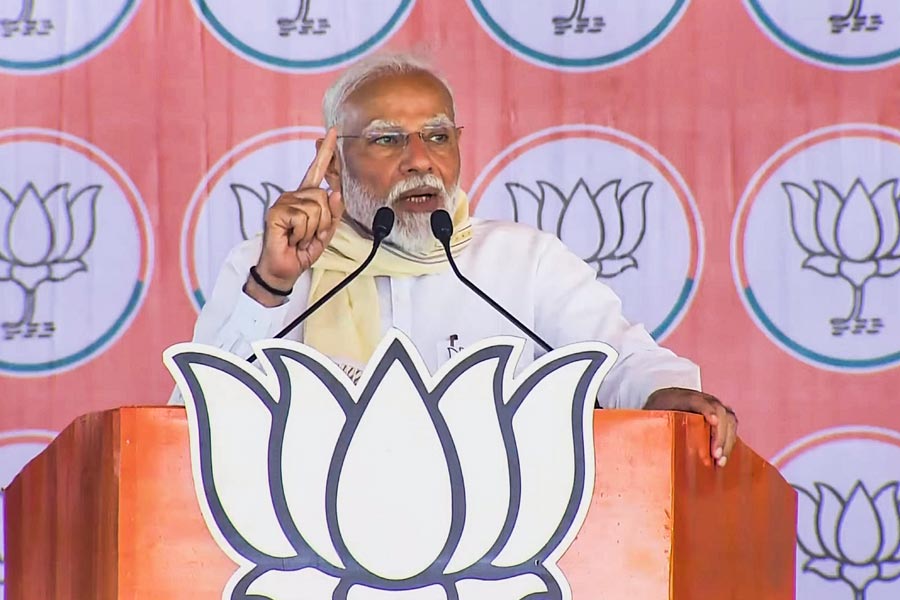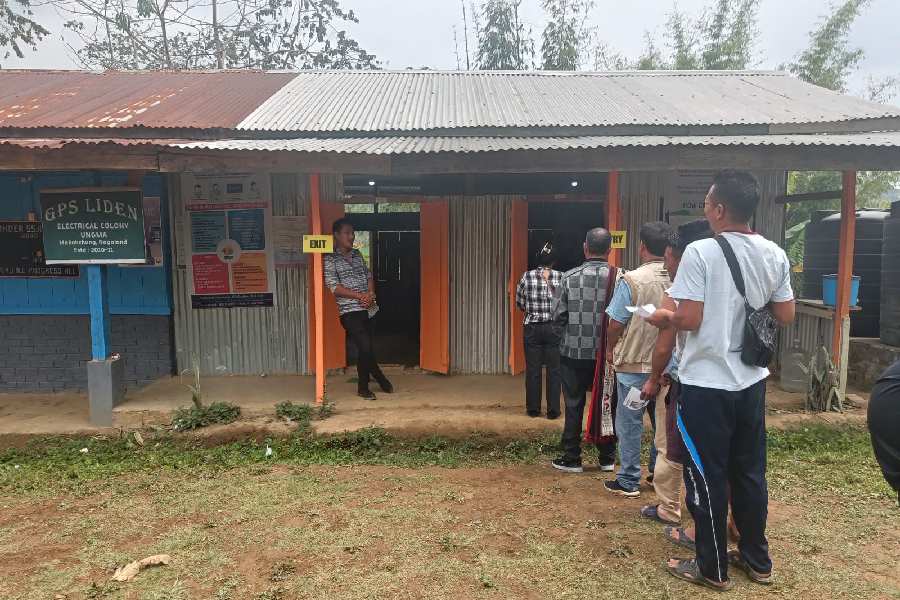The Supreme Court has expressed serious concern over nearly 38 per cent of judges’ posts lying vacant in the high courts and directed the Centre to come out with details of pendency of appointments at various levels so that the process can be expedited.
The apex court took into record the preliminary data submitted by attorney-general K.K. Venugopal that showed that there were a total of 669 judges in the high courts although the sanctioned strength was 1,079.
A bench of Justices Sanjay Kishan Kaul and K.M. Joseph, which passed the recent order while dealing with petitions relating to the strike by a section of Odisha lawyers demanding a regional bench of the high court, also said that once the collegium and the Centre cleared the names, the appointments should be completed within six months.
“We have sought to emphasis to the learned attorney-general that this is not an adversarial consideration but to see that the process works better and within the constitutional scheme as exists on date qua the issue of appointment of judges,” the bench said.
The top court sought data on the recommendations under the following heads:
- Date when the recommendation was made by the high court collegium
- Date when the recommendation was forwarded to the Supreme Court collegium by the law ministry after consulting with the state government
- The time period between these two dates
- The date when the Supreme Court collegium cleared the names
- The time period
- The date when the names were forwarded to the Prime Minister’s Office
- The time period for this process
- The date when the warrants of appointment were issued
- The time period for this process
Of the 410 vacancies, recommendations on 213 posts are stated to be in the process with either the government or the Supreme Court collegium. The high court collegiums are yet to send recommendations for 197 posts.
The Supreme Court noted that in 2019, only 65 judges had been appointed to high courts as on December 2, against 115 in 2017 and 108 in 2018.
The apex court pointed out that keeping in mind that the retirement age of high court judges was 62 years, their numbers would drop further as on January 2020.
“…In cases where the recommendations of the high court collegium meets with the approval of the Supreme Court collegium and the government, at least their appointments must take place within six months. This is not to say that in other cases the process should not be completed within six months,” the Supreme Court said.
“The consequent inability to deal with the cases promptly also generates the dissatisfaction among the litigants and the lawyers. Different aspects will again be debated on the next date of hearing,” the bench said.
Earlier, the attorney-general had placed before the Supreme Court a brief note on the nitty-gritty of the appointment process of judges to the high courts.
Citing the memorandum of procedure, the AG said timelines had been set to facilitate filling up vacancies of judges and added that the high court collegiums needed to take the initiative.










